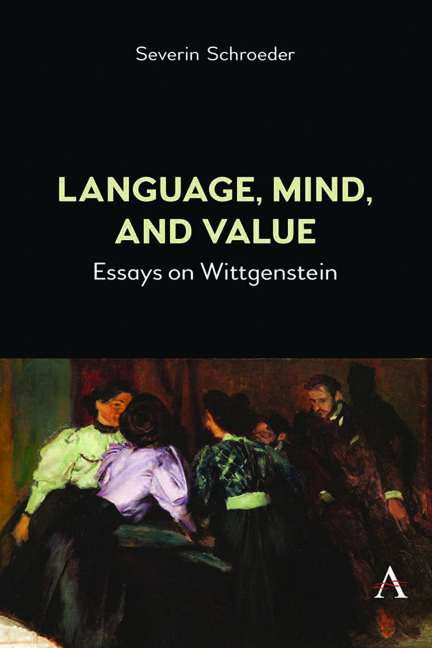11 - Wittgenstein on Aesthetics
Published online by Cambridge University Press: 13 April 2024
Summary
Wittgenstein once remarked that while he took some interest in scientific questions, only conceptual and aesthetic questions could really grip him (CV 91). He was passionate about music and literature, and the sporadic aesthetic observations in his notebooks show a profound understanding of these art forms. He tried his hand at drawing and sculpture. For a couple of years, he worked as an architect, together with Paul Engelmann, building a house in Vienna for his sister Margaret Stonborough, completed in 1928 (see Wijdeveld, 1993; Hyman, 2016). In 1933 and again in 1938, he gave some lectures on aesthetics, students’ notes of which have since been published. And yet, in Wittgenstein's philosophical writings, aesthetics is only ever touched upon in passing.
One of the points that will, I hope, emerge from the following presentation is that the lack of sustained work on philosophical aesthetics in Wittgenstein's writings is not entirely accidental. For on his view, aesthetic issues are not susceptible of an abstract philosophical treatment. They belong to art criticism rather than philosophy, and what is more, their discussion can only be addressed to an audience sharing a specific cultured taste.
What cannot be said
In the Tractatus, Wittgenstein stated that ‘Ethics and aesthetics are one and the same’ (TLP 6.421), and hence equally ineffable. On this view, works of art can make manifest things that cannot be said. In a letter to his friend Paul Engelmann, he comments on the poem Graf Eberhards Weißdorn by Ludwig Uhland:
The poem by Uhland is really magnificent. And this is how it is: if only you do not try to utter what is unutterable then nothing gets lost. But the unutterable will be – unutterably – contained in what has been uttered. (Br 78: Letter to Engelmann 9/4/1917)
The claim that something important shows itself but cannot be put into words is generously employed in Wittgenstein's early philosophy but absent from his later writings. He critically reverts to the idea of unutterable contents of works of art or other objects of aesthetic contemplation in the 1930s, in the ‘Brown Book’, and more briefly in Philosophical Investigations, introducing a distinction between two kinds of cases in which we employ the terms ‘understanding’, ‘expression’, ‘meaning’, or ‘says something’.
- Type
- Chapter
- Information
- Language, Mind, and ValueEssays on Wittgenstein, pp. 163 - 182Publisher: Anthem PressPrint publication year: 2024



